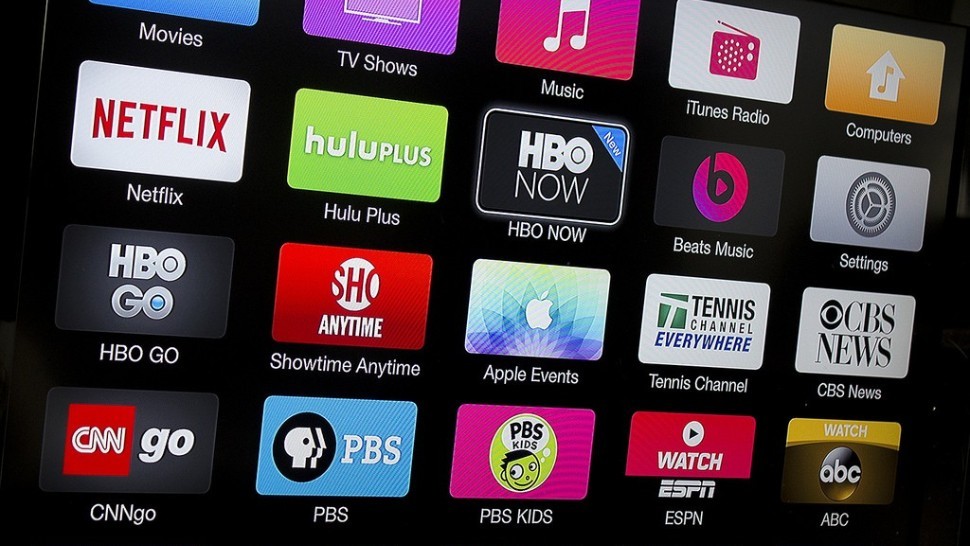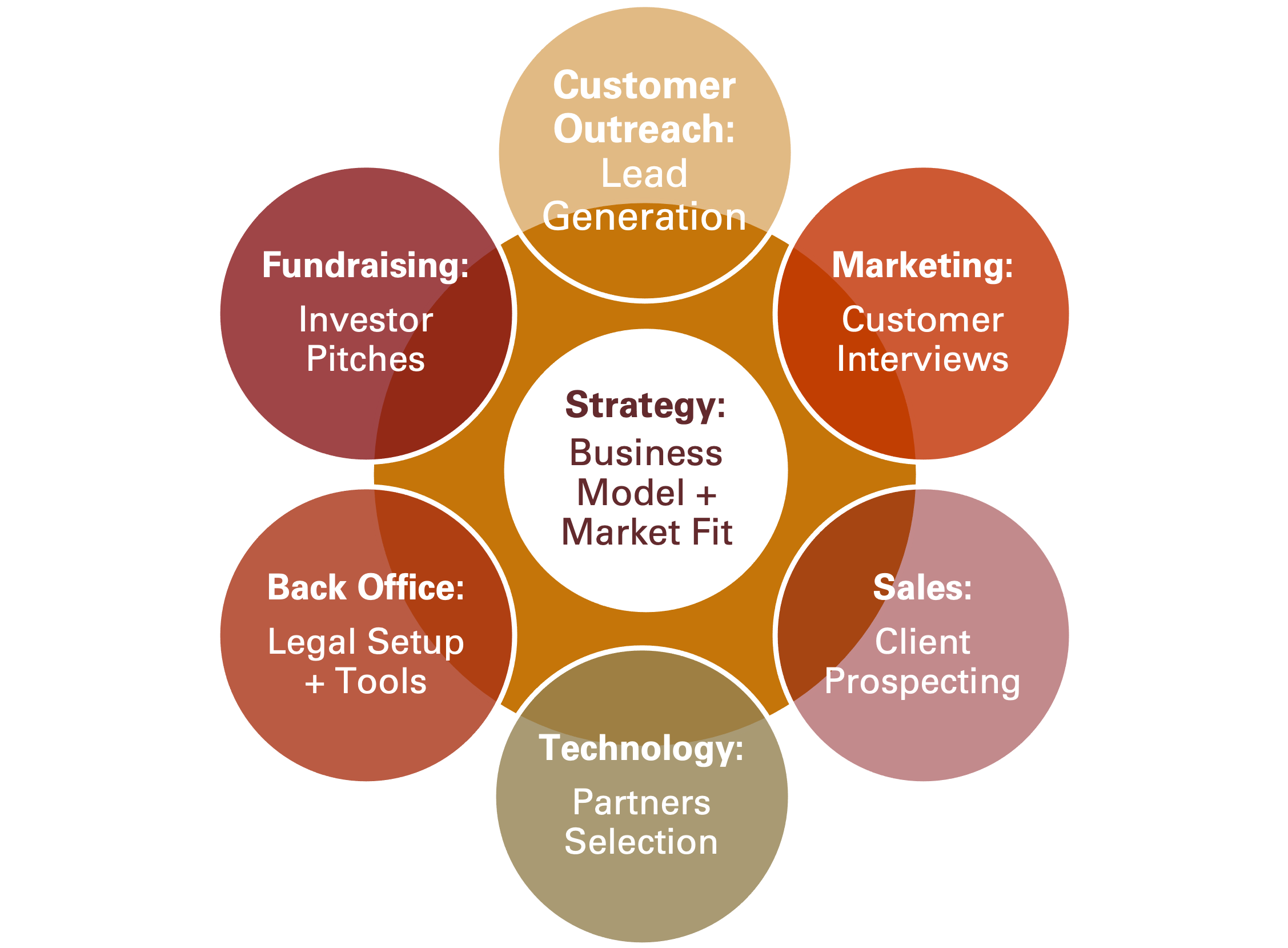ARC browser analysis
Google might be just beginning the race in the AI wars, but in the battle for maintaining its place as the preferred browser, a new competitor surfaced. ARC is a new entrant into the web browser market that claims to be a more private, more secure, and faster browser than the dominant competitors. Some of the most attractive features are built-in blockers for cookies by default and lightning-fast page load times that create a more responsive browsing experience. Because ARC is built with security in mind, it has also built-in anti-phishing protection, built-in malware scanning, and sandboxing to prevent malicious code from affecting the system. It’s highly customizable and offers the ability to change appearance, keyboard shortcuts, and other features. Can it really take on Google Chrome with over 70% market share? It depends. To compete effectively, ARC will need to offer some compelling features that you can’t find on other browsers and require significant marketing and outreach efforts to build its user base. I tried ARC, and it does well on features despite limitations! It …








